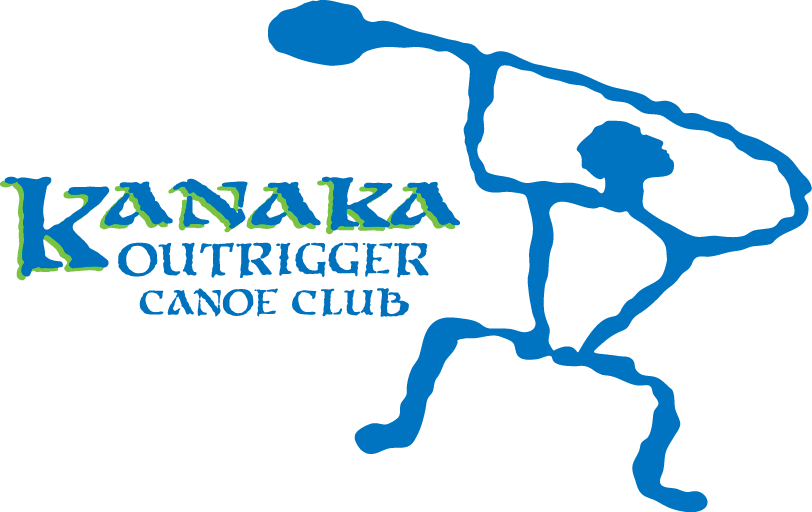Paddle Skill Videos + Study Guides
OC1 champion, Danny Ching, provides clear instructions on proper body angle and the common errors many paddlers make.
A Basic Guide to OC6 Seat Roles
Fix Arm Paddling
Adjusting footrest in the unlimited Malolo OC6 canoe
(Starts at 5:05)
Paddle Stroke & Change Over - ARE Tahiti V1 Marara Rudderless Outrigger Canoe

Video Analysis of Stroke Technique

Video Stroke Analysis

How To Steer Video

Righting an Outrigger Canoe

How to size an Outrigger Paddle

Top Hand To Gunnel Video

HULI Recovery

UNE = pronounced OO-NAY. To “lever.”
This is the action MUA (stroker and sometimes others) takes to help HO‘OKELE (steerer) turn the bow of the canoe going around the turn flag. This can be ANY movement of the paddle, from a J-stroke to paddling toward the hull. I have heard this term mispronounced UNI = OO-NEE. This word is not in the Hawaiian dictionary.
KAHI = pronounced, KAH-HEE. To “cut.”
Holds the paddle still, blade “cutting” in the same line as the canoe. No “action” was taken.
This video shows seats 1 and 2 doing three turns:

The first part of this video shows the steersman in one turn:

Introduction to Hawaiian Outrigger Canoeing
|
